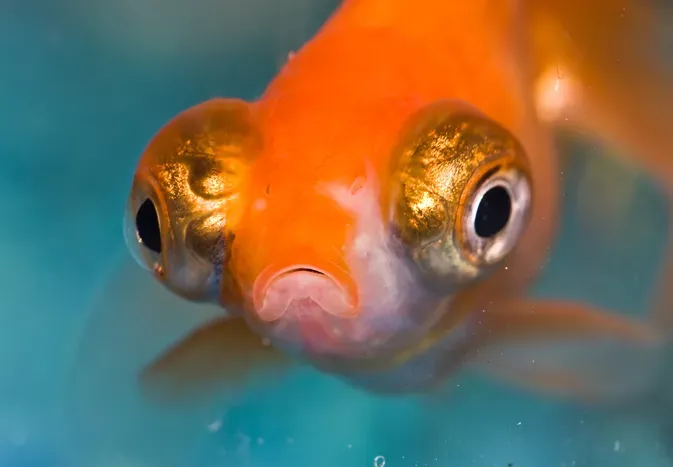Popeye Disease in Aquarium Fish
Updated on 04/26/24

Headline: Popeye Disease in Aquarium Fish: A Comprehensive Guide to Understanding, Prevention, and Treatment
Introduction:
In the captivating realm of aquarium keeping, where vibrant fish dance gracefully through crystalline waters, a lurking adversary poses a serious threat to their well-being: Popeye disease. Characterized by bulging, cloudy eyes that can lead to blindness and even death, this condition demands prompt attention and effective management. Join us as we delve into an in-depth exploration of Popeye disease, empowering you with the knowledge to safeguard the precious inhabitants of your aquatic paradise.
Understanding Popeye Disease:
Popeye disease, also known as exophthalmia, is a bacterial infection that affects the eyes of fish. It is caused by a range of bacteria, including Aeromonas, Pseudomonas, and Streptococcus, which can penetrate the delicate eye tissue through injuries or compromised immune systems.
Symptoms of Popeye Disease:
* Bulging eyes with a cloudy appearance
* Redness and inflammation around the eyes
* Exophthalmia (protrusion of the eyes)
* Loss of appetite
* Lethargy and inactivity
* Difficulty swimming and orientation
Causes of Popeye Disease:
* Bacterial infections: The primary cause of Popeye disease is bacterial infections. These bacteria can enter the aquarium environment through contaminated water, infected fish, or unsanitary conditions.
* Injuries: Physical injuries to the eyes, such as scratches or punctures, can create an entry point for bacteria to invade.
* Poor water quality: Inadequate water quality, including high levels of ammonia, nitrite, or nitrate, can weaken the immune system of fish, making them more susceptible to infections.
* Stress: Chronic stress can suppress the immune system, increasing the risk of Popeye disease. Stressors can include overcrowding, incompatible tankmates, or improper diet.
Preventing Popeye Disease:
* Maintain optimal water quality: Regularly monitor and adjust water parameters to ensure they are within the ideal range for your fish species.
* Quarantine new fish: Before introducing new fish to your aquarium, quarantine them for several weeks to observe for any signs of illness.
* Avoid overstocking: Overcrowding can lead to stress and increased risk of infections.
* Provide a balanced diet: Feed your fish a nutritious diet that supports their immune system.
* Regular tank maintenance: Clean the aquarium regularly to remove waste and prevent the buildup of harmful bacteria.
Treating Popeye Disease:
If your fish exhibits symptoms of Popeye disease, it is crucial to take immediate action:
* Isolate infected fish: Remove the affected fish to a quarantine tank to prevent the spread of infection.
* Antibacterial treatment: Administer antibacterial medications specifically designed for Popeye disease, as directed by a veterinarian.
* Eyedrops: Use medicated eyedrops to directly target the infection in the eyes.
* Salt baths: Epsom salt baths can help reduce inflammation and swelling.
* Surgery: In severe cases, surgery may be necessary to remove the infected eye.
Conclusion:
Popeye disease is a serious condition that can significantly impact the health and well-being of aquarium fish. By understanding the causes, symptoms, and treatment options, you can effectively prevent and manage this disease, ensuring the vibrant life and beauty of your aquatic pets. Remember, early detection and prompt intervention are crucial to successful outcomes. With proper care and attention, your fish can thrive in a healthy and thriving aquatic environment, captivating you with their mesmerizing underwater antics for years to come.
Explore More Pets

Freshwater Aquarium Filters
How to Deal With Cloudy Aquarium Water

Saltwater Aquarium Filters
How Do You Remove Chloramines From Tap Water?

Freshwater Aquariums & Habitat
Can I Keep My Koi Fish Inside?

Saltwater Aquariums & Habitat
14 Best Floating Plants for Your Aquarium

Freshwater Fish Health
How to Treat Ich on Freshwater Fish

Saltwater Fish Health
Fin Rot in Aquarium Fish

Freshwater Aquarium Filters
How to Do Aquarium Water Changes

Saltwater Fish Health
How Do Fish Get Parasites?